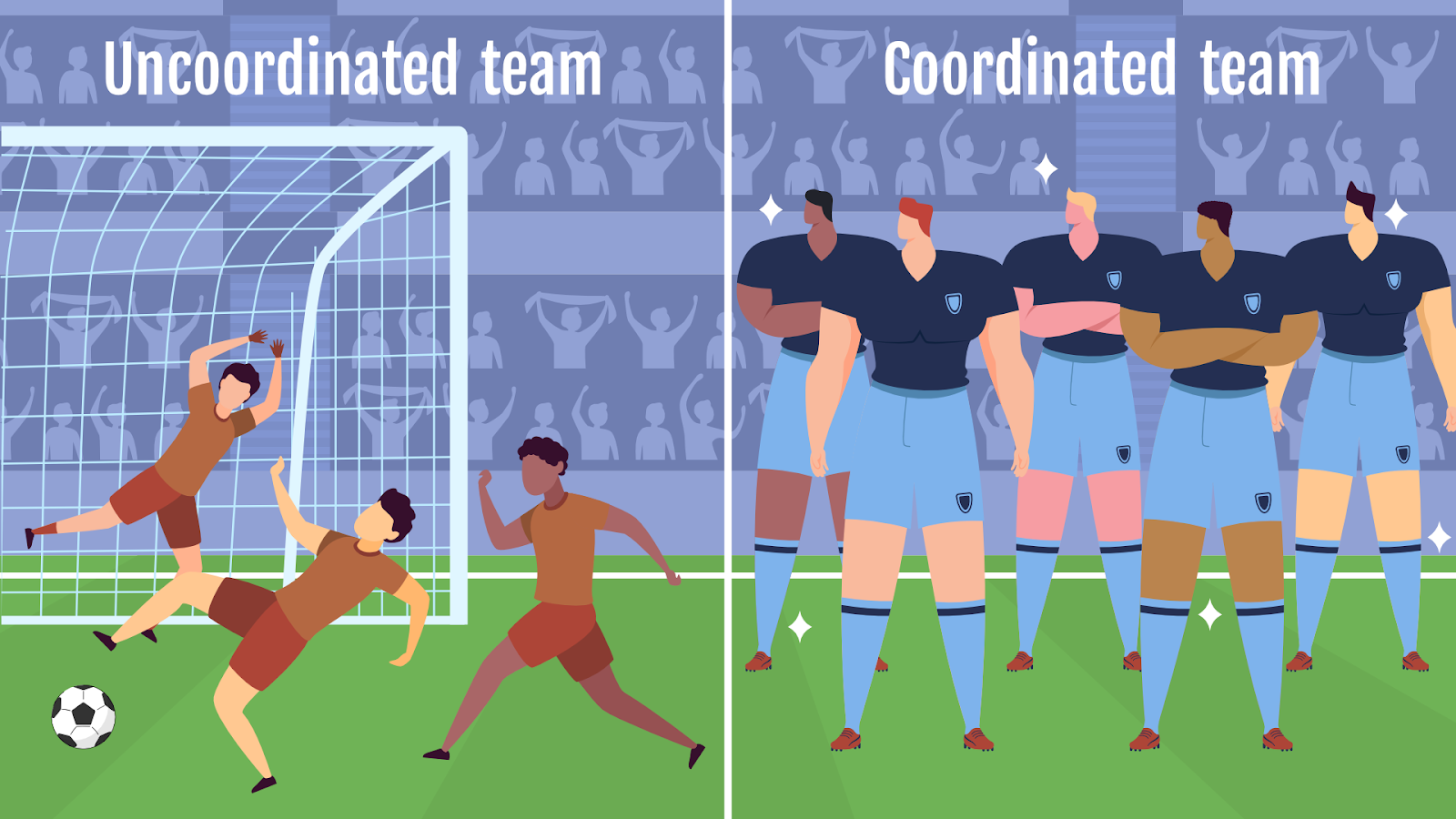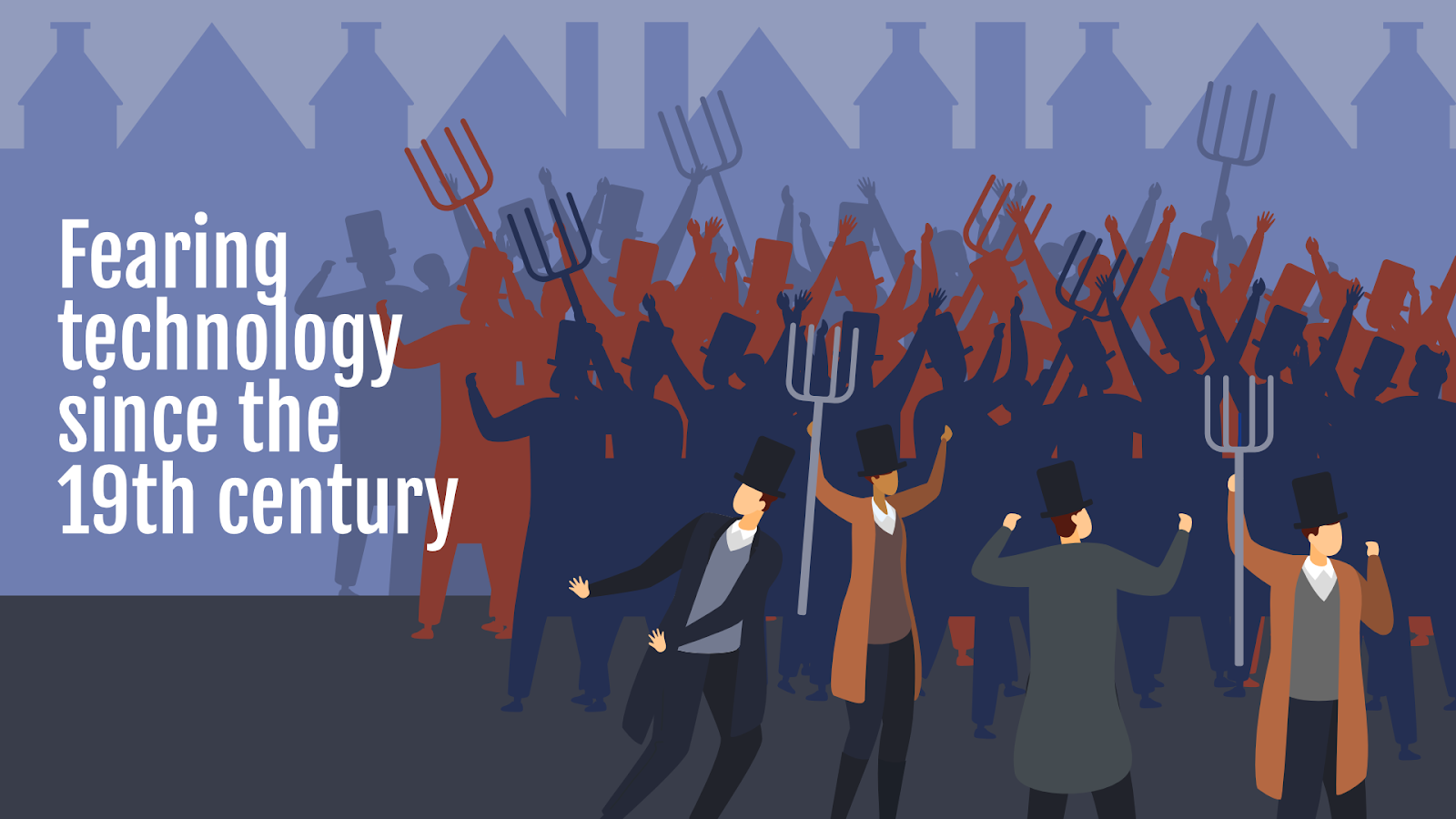Article's Content
The potential for Generative AI in the marketing industry has been written about ad nauseam over the last few months, and for a good reason — it’s estimated by McKinsey & Company that Generative AI could add the equivalent of $2.6 trillion to $4.4 trillion GDP to the global economy.
In this same report, McKinsey & Company suggests that the primary areas in which Generative AI will have an influence will be customer operations, software engineering, R&D, and — my favorite — marketing and sales.
The impact that Generative AI could potentially have on marketing and sales has made the front page of Reddit, the daily viral X thread (formerly known as Twitter tread), and a plethora of posts on LinkedIn.
While the momentum towards change seems to be real, the truth is most marketing teams have yet to really fully embrace AI the way they could.
Here are some of the key barriers that we have seen holding marketing teams back from embracing and generating real results from Generative AI Technology.
Barrier 1: Team Coordination

Many organizations like to write beautiful copy on their careers team page about how they like to operate like a high-performance, highly professional sports team.
Unfortunately, the vast majority of marketing teams that exist and operate today actually operate like preschool soccer (fútbol) teams.
A lot of people are running around chasing a ball (the goal) and reacting to one another vs. going into the game with an actual plan and clear path forward.
It’s this lack of coordination that causes Generative AI to struggle to drive results for teams. Organizations are made up of people, and if those people are unable to coordinate themselves to work together, then it can be a serious problem.
One of the main problems is recognizing that not all marketers are created equal. While it might take some people 2-3 weeks to train themselves on AI, other people on the team might take 2-3 months or more.
Barrier 2: Lack of Faith
When I asked a group of marketers to read two pieces of content and then identify which piece they believed was written by an AI and which was written by a human, only 50% of the marketers guessed correctly.
When I asked a group of people on LinkedIn to look at two images and determine which was generated by an AI and which was a real photo, only 50% of the people who took part in the quiz guessed correctly.
Yet many marketing teams are still filled with people who doubt whether or not customers can actually tell the difference.
Barrier 3: Government Regulation
Some regions are taking the rise of artificial intelligence very seriously and banning access to some of the most prominent tools.
In some cases, the tools are being forced to meet certain regulations that result in a stifled user experience and that cap the level of innovation that is possible.
The impact that artificial intelligence will have on the world shouldn’t be trivialized, and in many regions, the government is going to hold back marketers from being able to utilize these technologies to their full potential.
Barrier 4: Internalized Tech Fear

In the 19th century, workers throughout England protested corporations that adopted machinery that would ultimately replace human workers. As a result, riots made up of what is referred to as the Luddites broke out on the streets of Nottingham in the early 1800s.
The fear of technology taking our jobs has existed for quite some time, and marketers around the globe have also internalized this fear.
This fear has held back some of the greatest minds in marketing, causing them to reject the idea of using artificial intelligence to be more effective and efficient. It’s also made some organizations limit the usage of these tools for their own partners.
Some organizations also fear that the uncertainty around the legalities of tools like Midjourney or Stablefusion could come back to haunt them.
The fear here isn’t only related to the risk of legal ramifications but also to the repercussions from their audience. Some brands target creators, and they know that many designers and creatives feel threatened and slighted by these AI tools replicating creativity on the back of an in-depth analysis of imagery created by artists.
Barrier 5: Data Complexities
Some organizations are dealing with important data that cannot be simply passed along to third parties without the appropriate security policies in place. As such, data can cause a significant barrier to success for marketers looking to benefit from Generative AI.
The power of Generative AI and big data is quite substantial, as the tools are able to analyze large data sets and documents and pull important information from those data sets within a matter of seconds.
That said, if the data is private or confidential, organizations must avoid using off-the-shelf Generative AI and consider developing solutions that they can manage internally with their own data lakes and deployment environments. Using a private web browser, coupled with internally managed solutions, enhances the organization’s ability to safeguard sensitive information.
Barrier 6: False Narratives
The internet is filled with stories suggesting that some of the most prominent brands that have utilized AI to generate a ton of content are failing because of it. In reality, studies recently conducted by Foundation have shown that even some of the most prominent “fail stories” online about Generative AI and SEO are actually false narratives.
As an example, CNET was written about by plenty of marketers as being one of the brands embracing artificial intelligence and failing.
After looking at the original pieces that CNET produced using AI and how well they’re doing, it turns out that these AI-generated pieces are projected (if their rankings stay the same) to generate more than 5 million visits this year.
 Many of the brands that have been written about as having poor ROI from these endeavors are actually generating millions of visits per month and saving hundreds of thousands of dollars in PPC spend because of AI-assisted content.
Many of the brands that have been written about as having poor ROI from these endeavors are actually generating millions of visits per month and saving hundreds of thousands of dollars in PPC spend because of AI-assisted content.
Over the last few months, Foundation has been supporting our clients in understanding how to bring artificial intelligence into their workflows and use artificial intelligence to maximize their ROI on content creation and results.
The success that we’re seeing in using artificial intelligence to drive better SEO and content outcomes is significant, and the early signs are showing that the key to making Generative AI work in marketing is using it as an augmentation tool for people rather than as a replacement.
Want more? Here’s a podcast episode of Create Like the Greats where I chat more in-depth about artificial intelligence and how it’s going to shape the way marketing is done.







